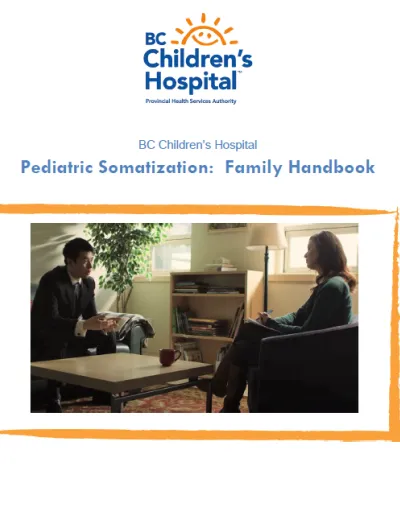Mind-body connection explained
Everyone experiences the mind-body connection all the time. The mind-body connection is the back and forth communication between our brain and our body that involves the spinal cord and electrical and chemical messengers (like neurotransmitters and hormones). This communication system is responsible for taking in information using our body (like our eyes, ears, nose and skin), getting that information to our brain and then sending important messages to all parts of the body for action. This system is what makes it possible for our brains to send signals to our bodies, like moving our fingers, realizing we are hungry, jumping back from danger. The mind-body connection is automatic and involuntary.
The fight-flight-or freeze response is a great example of the mind-body connection. When we sense that we are in danger, a very powerful physical response is triggered. This can happen when we feel scared and there is a major danger present. It may also happen when we feel scared or stressed and the "danger" is not life threatening.
The nervous system has two main parts:
- the sympathetic system
- the parasympathetic system
These two systems are always acting in balance. The sympathetic nervous system is like a gas pedal in a car - it tells your body to get going. The parasympathetic nervous system, on the other hand, is like the brakes in a car - it tells the body to calm down. The fight-flight-or-freeze response is the sympathetic nervous system sounding the alarm.
The body's fight-flight-or-freeze response all starts with your ears, eyes and nose sensing a signal. Your brain considers the incoming information and decides there is a danger and what to do. Then your brain sends signals to your body, using electrical and chemical signals. These signals tell your body to stay alert and be ready to act quickly. For example, your heart beats faster, your muscles tense up, your pupils dilate and your stomach slows down to get you ready for action. This helps you survive danger by fighting or escaping (flight). All of these physical reactions happen quickly and without you even knowing it. Later when the danger is gone, your parasympathetic system kicks in and tells your body to calm down.
It is important to remember that these 'fight or flight' physical symptoms are not dangerous but they can be very powerful.
Somatization explained
All emotions have a physical part. For example, we tear up when we are sad and breathe faster when we are afraid. Soma is the Greek word for body. Somatization is the word we use for the physical (or body) expression of stress and emotions through the mind-body connection. We all somatise. In fact, up to 12% of doctors' visits are for somatic symptoms. Somatic symptoms are very real. Everyone experiences somatization, but, for some people, it gets in the way of everyday life and requires treatment.






